|
 |
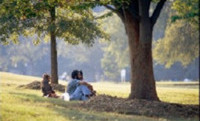 |
 |
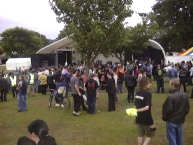 |
All of this is leading to a new approach to park design and managament. For instance, we know that -
-
40% of visitors come to a park visit every day;
-
the average length of visit is 30 minutes;
-
parks need to be up to about five minutes' walk from home;
-
there are more men than women, fewer older people than would be expected and fewer disabled people;
-
people from ethnic groups have particular uses for the park;
-
an area of around two hectares is the smallest area that people wish to visit regularly.
People are discouraged from using parks by poor design and maintenance. More appropriate uses for parks, such as illustrated on this page, need to be found to reverse their decline and put them back at the centre of their communities.
The Sensory Trust has pioneered the development and implementation of design guidelines to maximise the enjoyment and usage of greenspace by everyone.
Adventure and restoration
We have discovered that by naturalising parklands, urban wildlife will multiply and small eco-systems within city boundaries are quite possible. Such greenery also provides a better relief from the city's rat race.
14% of the area of our towns and cities is park and open space - 120, 000 hectares. Yet local authorities are not obliged to provide or maintain green space as a statutory duty. This does not necessarily matter, as long as they are given an incentive to do so.
"Accessible, natural places provide the qualities of adventure and restoration which contribute much to people's health and well-being, and thereby contribute most to sustainable communities." - Accessible and Natural Green Space in Towns and Cities, English Nature.
More info
-> Case study: Bethlem Royal Hospital
-> Case study: Handsworth Park, Birmingham
-> Sustainable communities and cities
--> home
To commission work of this nature, contact David Thorpe.
back to About David
© David Thorpe 2006 All Rights Reserved
Greening the city
The visionary William Morris wanted a greening of the cities - Trafalgar Square as apricot orchard, Shaftesbury Ave as Rose Garden, much of London returning to woodland.
Ebenezer Howard followed Morris.
Since the early Seventies this has begun to happen, with urban farms, tree planting, mini-parks, disused railway lines turning into linear parks - wildlife commuter paths, urban permaculture.
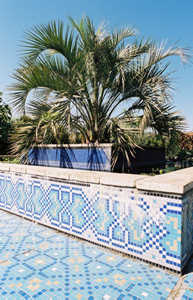
Islamic Gardens, Southwark Park
Combating poverty
In Boston, America, parks and open spaces were used in an anti-poverty drive for the following reasons:
-
Low income people are the ones who most need the public realm
-
In poor areas parks have received less maintenance than elsewhere
-
Parks give hope to their users
-
They bring diverse groups of people together
-
To let grass-roots leadership emerge
-
Creating a park is a solvable problem - compared to the perception of many other problems in poor neighbourhoods - but the process can help heal other social wounds
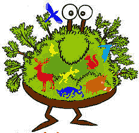 A history of greenspace and parks
A history of greenspace and parks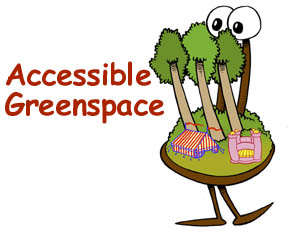 Accessible
greenspaces
Accessible
greenspaces